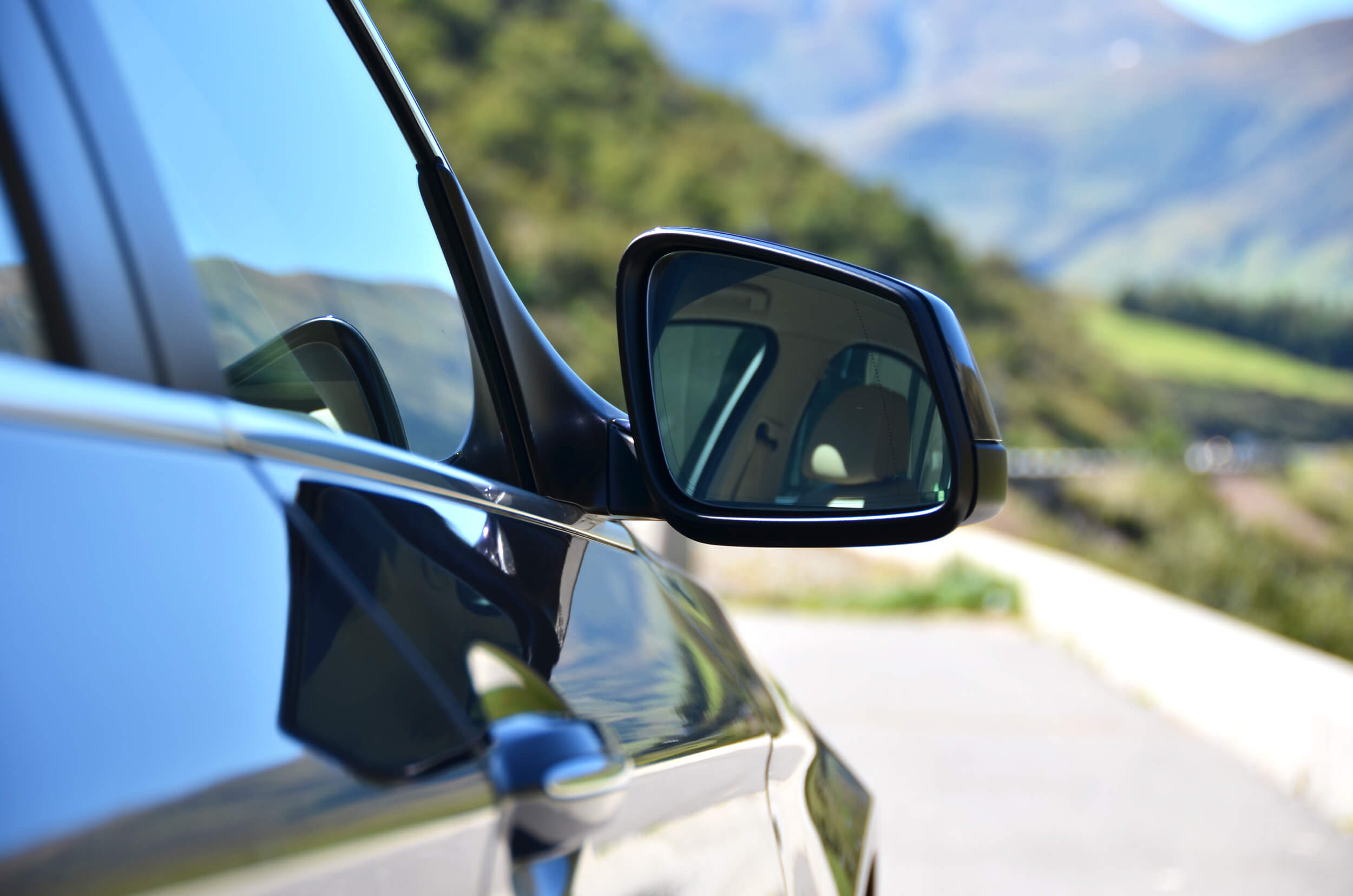
Now that summer is here, many people are planning road trips for their vacations. Going on a road trip during the summer can be fun and liberating, but it can also be a source of stress and danger if you don’t take the proper precautions. If you plan on traveling by car this summer, follow these tips to ensure your trip is safe and carefree.
Car Maintenance
- Perform basic maintenance on your vehicle. Replace oil, wipers, fluids or the air filter if necessary.
- Have your brake pads inspected.
- Check your battery’s charge and terminals.
- Check tires for tears and for bulges on the side wall. Also check your treads. If you don’t have a gauge, insert a quarter upside down into the tread. If the quarter stops while Washington’s head is visible, your tires are too worn to be driven on safely.
Trip Planning
- Try to pack as lightly as possible to save on gas and stress, and to make your car more maneuverable. Most new cars have the total weight you can carry printed on the driver’s side door. If you’re driving with kids, make sure you pack enough snacks, water, games, videos and music to keep them occupied and comfortable during your journey.
- Bring GPS navigation to avoid getting lost, or to receive notification on traffic conditions ahead. Be aware that these can drain your phone’s battery or may not be available where there is no Internet connection, so make sure you have a contingency plan (such as a map).
- Make sure your car has up-to-date tags and insurance. Among the worst things that can happen during a road trip are having your car ticketed or impounded for letting those things lapse.
Safety
- Pack an emergency kit. Include a flashlight, blanket, first-aid kit, tools, water and nonperishable food items.
- Wear your seat belt. Not only is this a life-saving precaution, but in most states it’s also the law.
- Keep your eyes on the road. Pull over to adjust any GPS settings and make phone calls. Never text while you are driving.
- Stay alert. Take breaks to recover from the strain of long-distance driving. Always stop for a break when tired.
- Use your turn signals when changing lanes or making a turn, and turn on your headlights when it’s raining or dark out so other drivers can see you.
